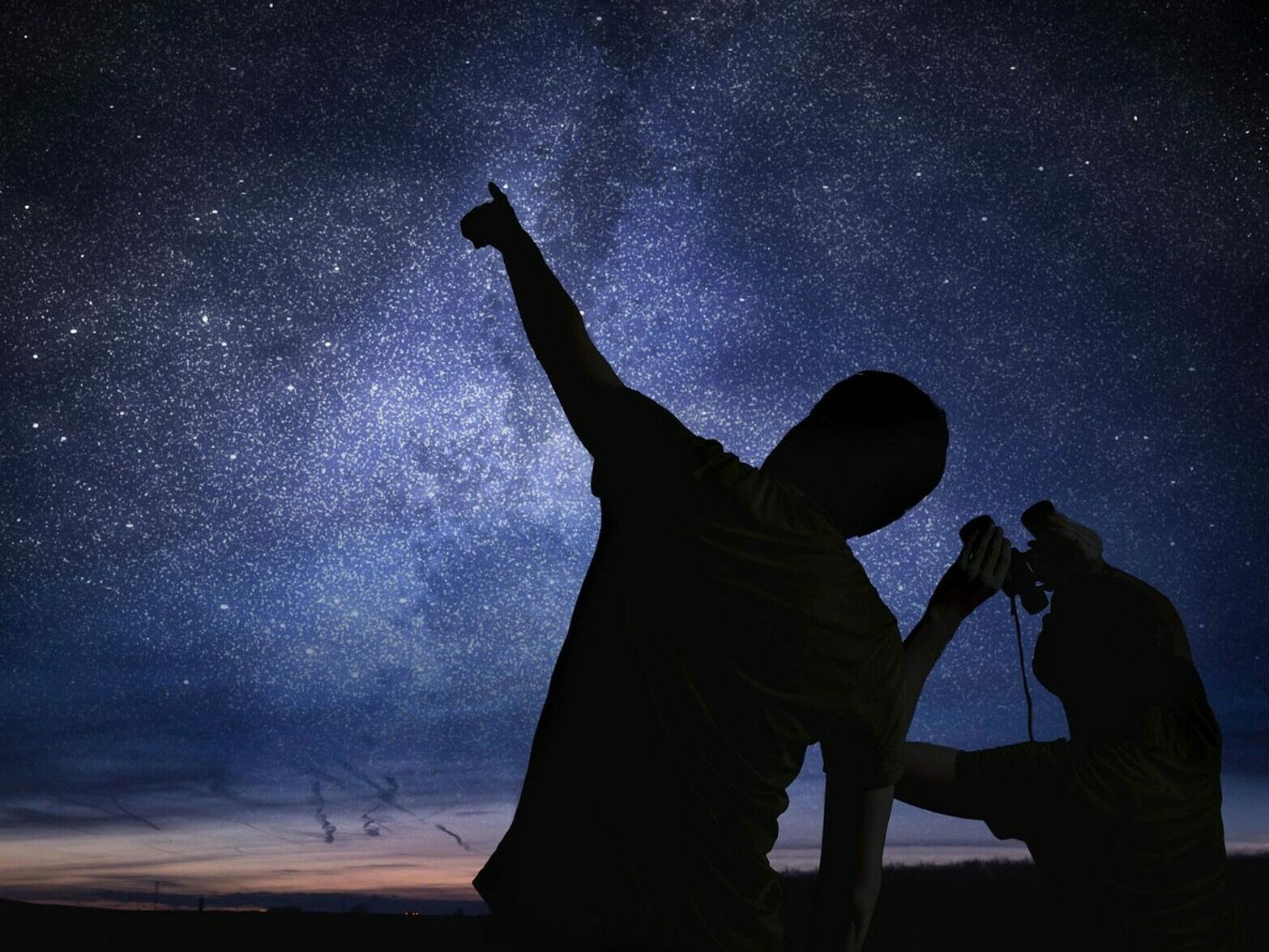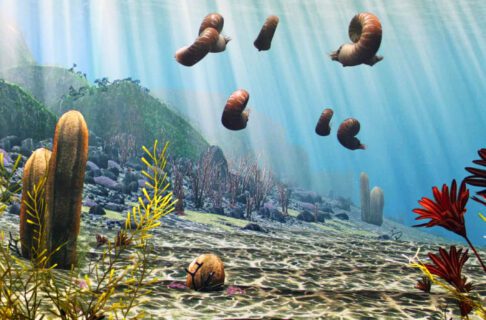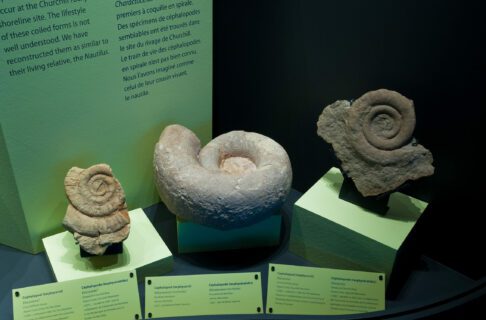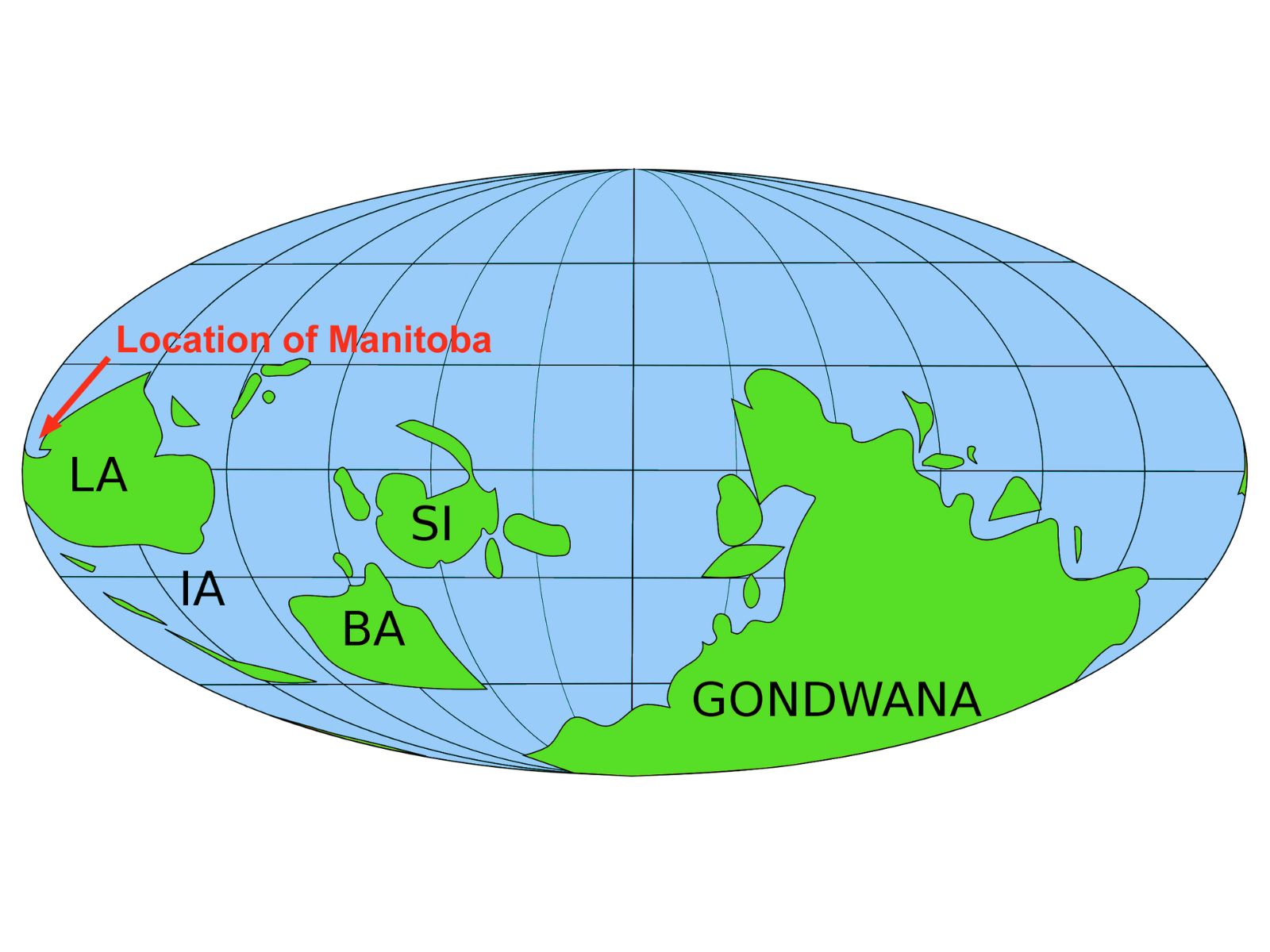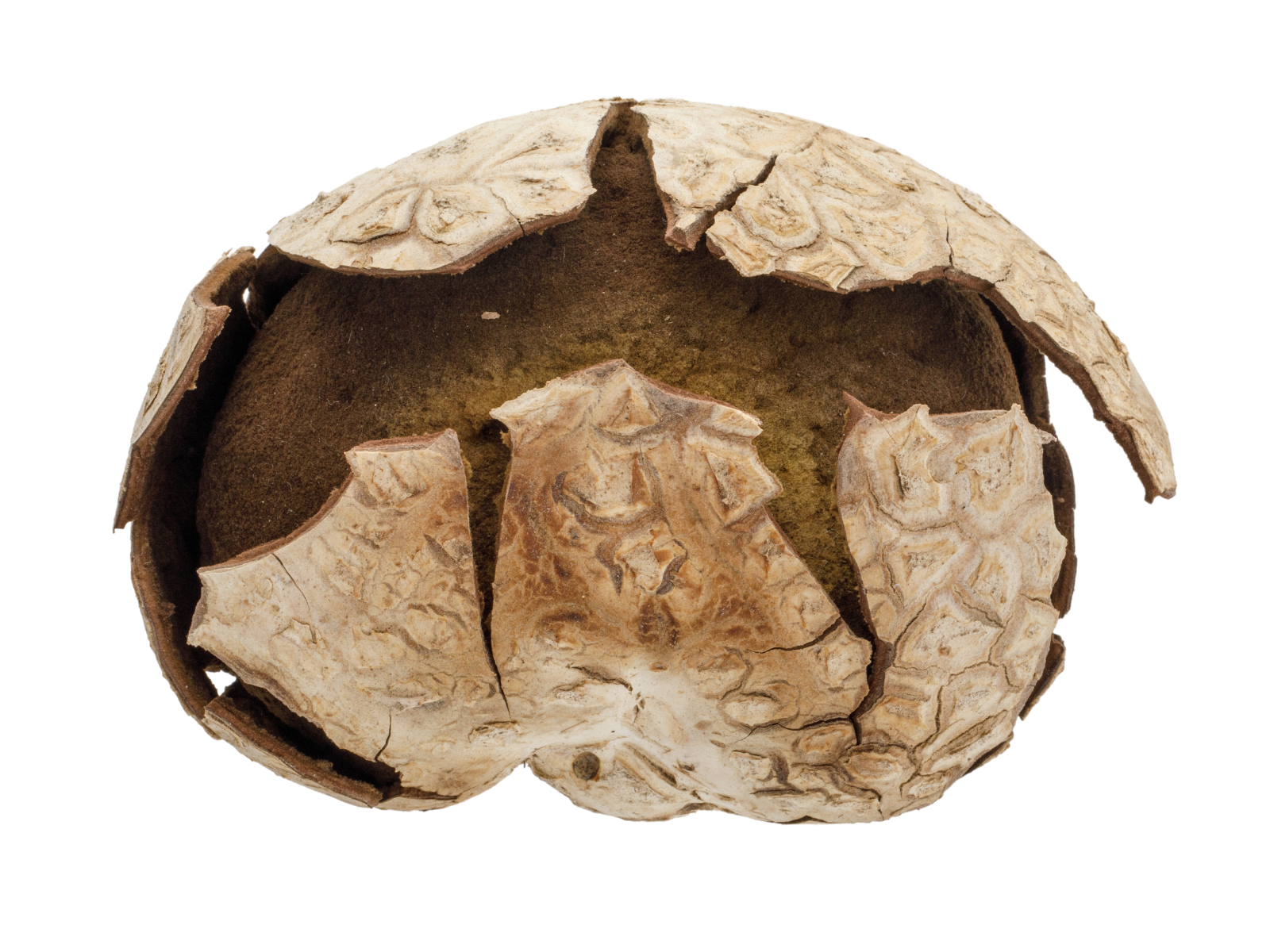By Scott Young, Planetarium Astronomer
Have you ever seen the stars? Like, really SEEN them, from a dark place, far away from the lights of the city. If you have, you’ll know what I’m talking about. If you haven’t, you are missing one of the great beauties of the natural world.
The night sky is magical. Take even the most jaded person and put them under the stars, and it gives them a sense of awe and wonder. We can’t help it – we are hard-wired to be amazed by the stars.
I’m sure there is some explanation for why that is. Probably, because our ancient ancestors who *didn’t* like the stars also didn’t figure out the cycles of the heavens and the progression of the seasons, and so didn’t make it through a winter that they couldn’t predict. The sky has given us clock, calendar, and a certainty about our understanding of the universe around us, and civilization was built upon that knowledge. The sky was one of humanity’s greatest discoveries, right up there with fire, the wheel, and chocolate.
Today, with satellite weather and pocket-sized supercomputers, we don’t need the sky for such basic purposes. (It still works, by the way, in case the zombie apocalypse or robot uprising sets us back to the dark ages.) We have telescopes in space and are flying drones on other planets. Yet more than ever, people are looking to the sky with interest. Even with all the things we know about the universe, there’s still a sense of mystery and wonder that makes us want to experience it ourselves.



